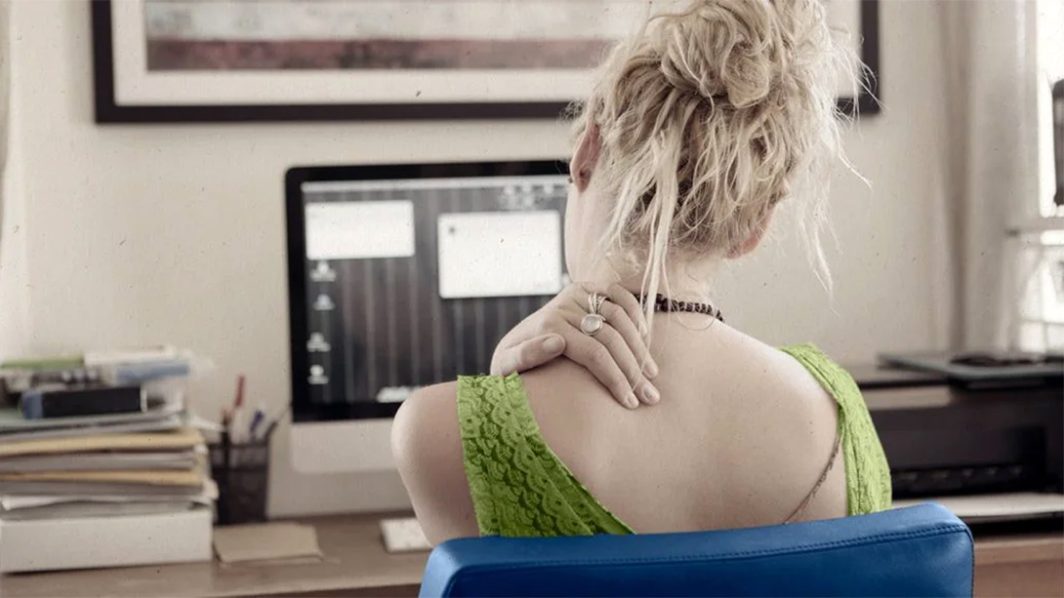
The goal of treatment is pain control and as much mobilization of the affected limb as possible. An individualized treatment plan is designed during your doctor visit,![]() which often combines physical therapy, medications, nerve blocks, and psychosocial support.
which often combines physical therapy, medications, nerve blocks, and psychosocial support.
Medication
Medications are prescribed to control pain. The type of pain experienced by the patient determines the type of medication prescribed. For information on obtaining low cost or free medicines please click here.
Constant pain caused by inflammation is treated with nonsteroidal anti-inflammatory drugs (e.g., aspirin, ibuprofen, naproxen, indomethacin).
Constant pain not caused by inflammation is treated with central acting agents such as tramadol (Ultram®).
Stabbing pain and pain that disrupts sleep are treated with antidepressants such as amytriptyline, doxepin, nortriptyline, and trazodone. Oral lidocaine, a somewhat experimental treatment for RSD/CRPS, also may be prescribed.
Sudden sharp pain may be treated with anticonvulsants (e.g., carbamazapine, gabapentin).
Generalized, severe pain that does not respond to other medications may be treated with opioids (e.g., oxycontin, hydrocodnone, propoxyphine, codeine, morphine).
Muscle cramps (spasms and dystonia) can be treated with clonazepam and baclofen.
Localized pain related to nerve injury may be treated with Capsaicin® cream, but its effectiveness has not been proven.
Medications that block selected actions of the sympathetic nervous system, such as clonidine (Catapres®, available in oral and patch formulations), can be useful in some cases.
One of the main drugs used, Neurontin, was the focus of a recent 20/20 epose’ article. For details look here
Muscles stiffness may be treated with muscle relaxants such as
Tizanidine (Zanaflex®)
Baclofen
Clonazepam (Klonopin®)
Physical Therapy
Physical therapy should include daily range of motion exercises. Patients should be advised to avoid activities that could accelerate osteoporosis or joint injury.
Nerve Block
Sympathetic nerve block interrupts the transmission of pain signals from a group of nerve cell bodies (called a ganglion). When treating an upper extremity, it is called a stellate ganglion block. A small needle is used to inject an alpha adrenergic antagonist alongside the windpipe. When treating a lower extremity the nerve block is performed in the lower (lumbar).
The procedure, usually performed by an anesthesiologist familiar with the technique, involves the insertion of a needle into the appropriate location and the injection of anesthesia into the ganglion. The effect is monitored over time.
Sympathectomy Patients who have a good but temporary response to nerve block may be candidates for sympathectomy. The goal of surgery is suppression of sympathetic nervous system activity in the affected area.
TENS Unit
A transcutaneous electrical nerve stimulation (TENS) unit may be used to treat the affected area. In some cases, spinal cord stimulators are implanted permanently to supply a low intensity impulse to a location in the spinal cord in an attempt to interrupt the pain signals that are being transmitted to the brain.
Psychosocial Support
RSD/CRPS patients often become depressed and anxious because of chronic pain and loss of physical ability. Counseling, support groups, and chronic pain center programs help patients learn coping strategies and provide emotional and psychological support.




